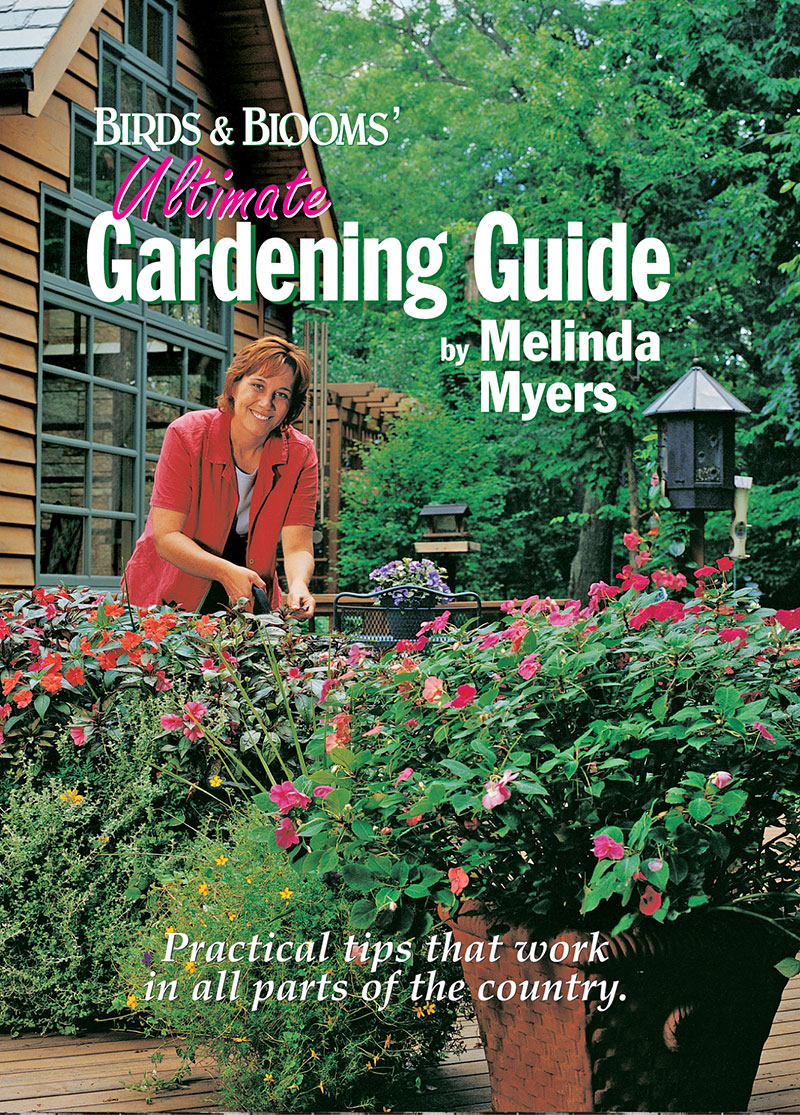Managing Powdery Mildew on Bee Balm
If you’ve grown bee balm you probably know about powdery mildew. This fungal disease produces a powdery white film on the leaves. This prevents sunlight from reaching the leaves that can eventually yellow and brown. Fortunately, you can reduce your problem with proper selection, siting and spacing.
Start by selecting powdery mildew resistant varieties whenever possible. The North Carolina State University found Claire Grace, Marshall’s Delight and Stone’s Throw Pink were most resistant early in the season. Marshall’s Delight continued to show good resistance later in the season along with Blue Stocking, Cambridge Scarlet, Elsie’s Lavender, Mahogany and Vintage White.
Reduce problems on existing plants by growing them in full sun. Give the plants plenty of room to increase air circulation and light reaching the plant. Improving the growing conditions can help reduce disease problems.
A bit more information: Further decrease the risk of powdery mildew with a bit of spring thinning. Remove about ¼ of the stems in early spring to allow more air and light to penetrate the plant. This will encourage sturdier stems and discourage disease problems.
Related

Audio
Categories
Upcoming Live Events
& Webinars
April 27, 2024
Ridges & Rivers Book Festival
Viroqua, WI
Register now
April 28, 2024
Flowering Trees and Shrubs
Ebert's Greenhouse Village, Ixonia, WI
May 1, 2024
FREE WEBINAR
Ornamental Fruits and Vegetables
Register now
May 4, 2024
Garden U 2024
New Richmond, WI
Register now
May 9, 2024
FREE WEBINAR
How to Plant Your Rain Garden
Register now
May 11, 2024
Ask The Plant Doctor Q & A
Ebert's Greenhouse Village, Ixonia, WI
May 12, 2024
Ask The Plant Doctor Q & A
Ebert's Greenhouse Village, Ixonia, WI
May 18, 2024
Ask The Plant Doctor Q & A
Ebert's Greenhouse Village, Ixonia, WI
June 1, 2024
Selecting, Planting, Pruning and Caring for Hydrangeas
Ebert's Greenhouse Village, Ixonia, WI
June 5, 2024
FREE WEBINAR
Under-Appreciated Pollinators
Register now
WATCH ON-DEMAND WEBINARS
Learn More



















